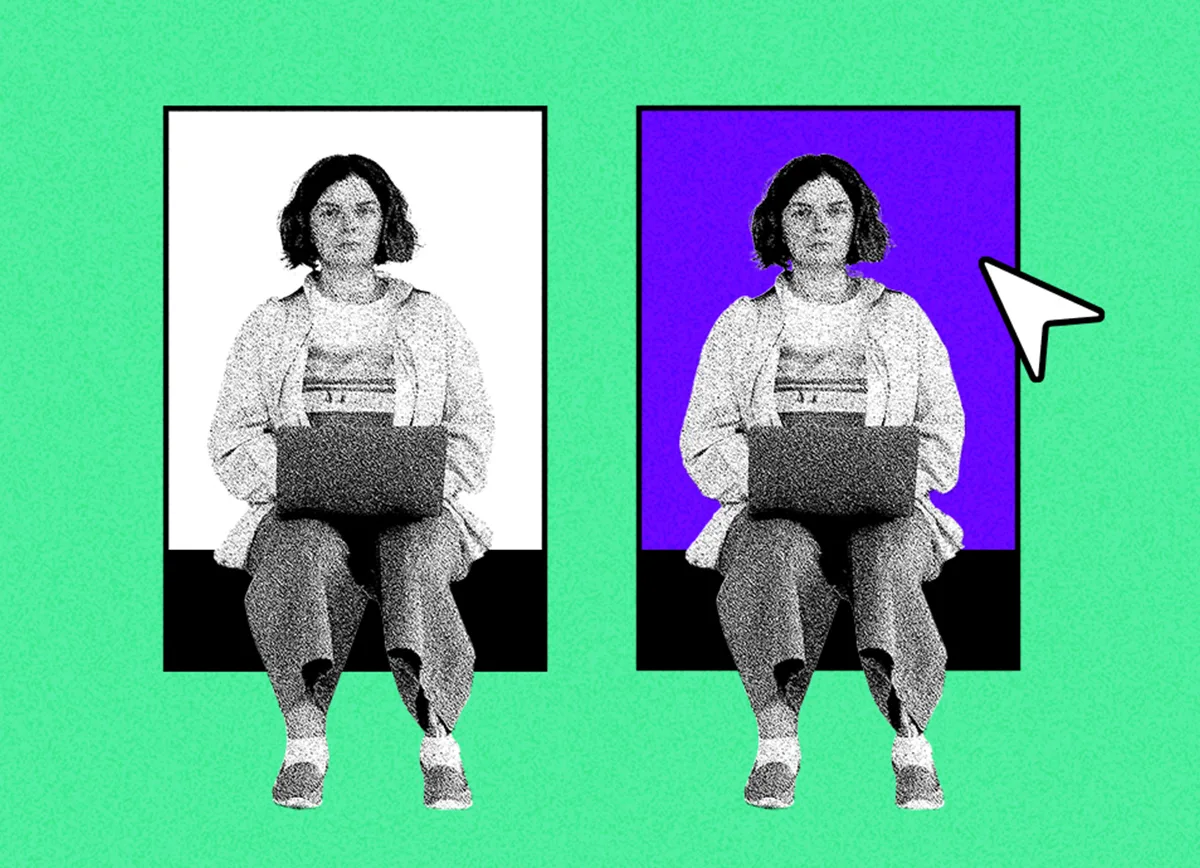Dear Amigos,
As you already know, we can’t stop talking about typography, we are obsessed with it. But for a good reason, it is after all the art of arranging type. A fundamental skill that ensures that language is legible, readable, and appealing when displayed.
In the world of type, two elements bring confusion to many graphic designers: kerning and tracking, terms that belong to the ecosystem of micro-typography. Often employed by designers and typographers, they both serve to refine the appearance of text, and operate around manipulating the space between characters but operate at different levels. When you compare Kerning vs. Tracking, they share common aspects, they both define the aesthetics and readability of a text. While they both deal with spacing adjustments in typography, each serves a distinct purpose, both contributing to improving the design overall.
Kerning
Kerning involves adjusting the spacing between individual pairs of letters to achieve visual harmony and clarity. This metaphor might be useful: If a sentence was a neighbourhood, each letter would be a neighbour. Kerning deals with the relationship of each letter, ensuring each neighbour interacts harmoniously, and that in the town (the sentence) is free of awkward gaps, exaggerated proximities or overlaps that could compromise readability. Kerning is a detailed and meticulous process for a balanced text.
FedEx Logo. Image Credit: FedEx
For instance, in the FedEx logo, careful kerning creates an optical illusion of an arrow between the letters ‘E’ and ‘X’, enhancing both aesthetics and meaning.
Tracking
Tracking behaves similarly but in bigger proportions. In contrast, it affects the spacing between groups of letters or entire blocks of text. It adjusts the overall density of characters, affecting the spacing uniformly across a selection of text. Going back to our metaphor, we could say that tracking is like the City’s Major that decides the distance each neighbour should have in every neighbourhood.
In a Nutshell, Kerning vs. Tracking:
While kerning fine-tunes the relationship between specific letter pairs, tracking allows designers to control the overall spacing between all characters in a word or sentence. However, watch out! Excessive tracking can lead to text appearing disjointed or illegible. As good things in life, everything needs to be balanced.
Application and Considerations:
Both concepts are very easy to understand, but not so much to use. To achieve optimal typography, both adjustments must be applied rigorously and with the right balance. Kerning is typically employed in headlines, logos, or other prominent text elements where visual impact is paramount. Conversely, tracking finds its place in longer passages of text, such as body paragraphs or articles, ensuring readability without compromising aesthetics. That being said, if needed you could apply kerning to a specific word in a paragraph.
Tools and Techniques:
The software for excellence for doing these adjustments, is InDesign, the premium software for editorial design. There is nothing as precise as InDesign by Adobe. You can download it with a monthly subscription to the Adobe Creative Cloud. That being said, you can find these adjustment options in almost every design software out there. Our advice is to design layouts in Indesign and to use each software for what they are intended. Every time someone designs a book cover in Photoshop, a fairy dies.
Kerning vs. Tracking, right? Not the same, but not so different after all. Both features empower designers to fine-tune spacing with precision, enhancing the overall quality of typography in their projects. If you use these tools with caution, you’ll be able to strike the perfect balance between visual appeal and readability. Elevate beauty and effectiveness!
Conclusion
In the universe of microtypography, kerning and tracking serve as indispensable tools for improving the appearance and legibility of text. These small details are not foreseen by many. Non-designers (as if that was a species) sometimes don’t understand the hard work behind that block of text they are reading on the supermarket wall. They don’t see anything special in it, because it is well-crafter, there is nothing to notice, it is as it should be, readable, visually appealing.
Behind all the texts you see out there, there is a graphic designer who spent hours working on those paragraphs, making the spacing pixel-perfect (or we hope so at least). We are also aware that because of the fast-paced environment we live in, sometimes these adjustments are not taken into consideration. We hope that by reading this, you’ll be as a designer more aware, and obsessed with the little things, as we are. In the realms of editorial design, these adjustments are an everyday endeavour.
While kerning focuses on the nuanced adjustment of spacing between individual letter pairs, tracking governs the overall density of characters across larger segments of text. By mastering these techniques and understanding their distinct roles, designers can elevate the visual impact and effectiveness of their typographic compositions, ensuring that every piece of text communicates with clarity and finesse.
Hope you’ll start seeing things differently from now on, maybe with a bigger zoom or an augmented glass. Everything matters, dear amigo. Hope this was useful, and please remember: Keep doing great work.
Since you are really into typography, you might be interested in these other articles and resources:
- Design Glossary: Typeface or Font?
- Best 5 High-Quality Free Fonts for Designers in 2024
- Open Source Fonts Licensing and Use: What You Need to Know
- Insider Tips: The Best Type Foundries with Open Source Fonts
- Best 5 Y2K fonts filled with digital nostalgia-free download
- Futura Typeface: Top 4 Reasons Why It Shaped History
- Type Anatomy: 17 Basic Concepts You Need to Learn


